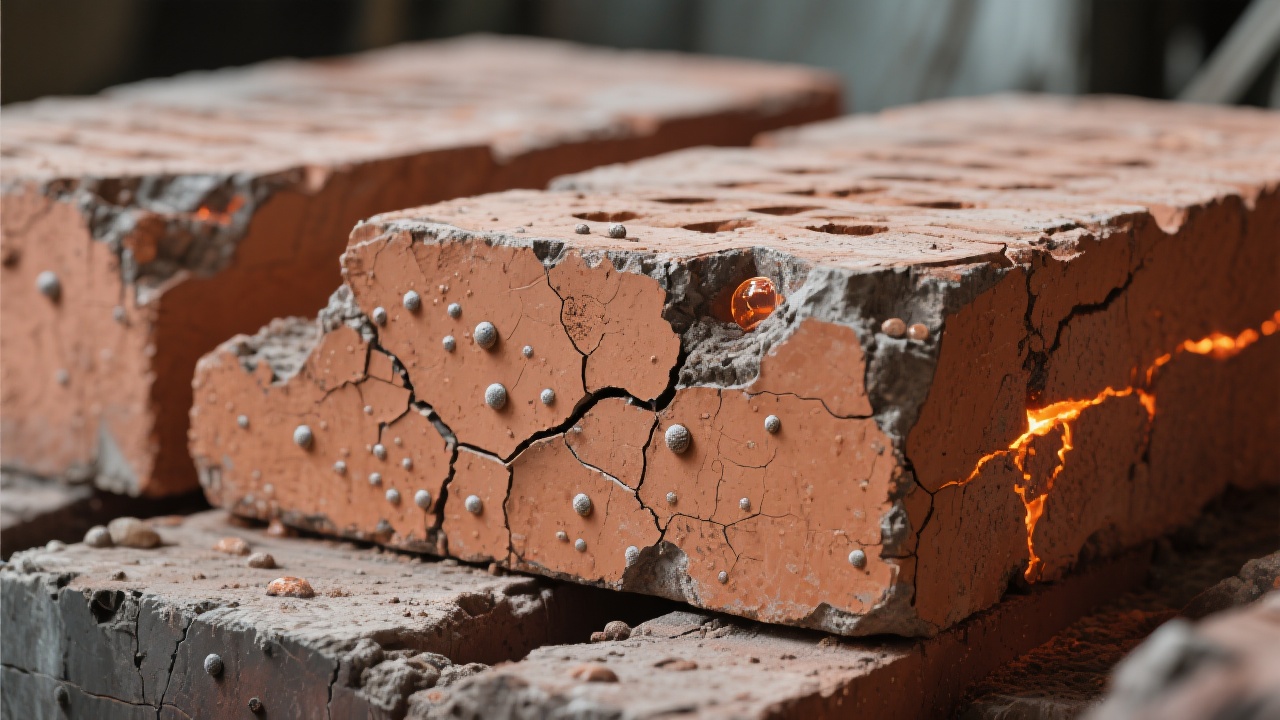
In high-temperature heat treatment processes—from ceramics to metallurgy—kiln furniture isn’t just a support structure. It’s a critical component that directly impacts product quality, cycle time, and overall cost efficiency. In this article, we’ll dive into why cordierite (Mg₂Al₄Si₅O₁₈), especially in the 1000°C–1300°C range, has become the preferred choice for engineers and procurement teams seeking reliable thermal performance.
Cordierite’s unique low-density porous microstructure gives it exceptional properties:
| Material | Creep Rate @ 1200°C (%) | Max Temp (°C) | Cost Efficiency |
|---|---|---|---|
| Cordierite | 0.1–0.3% | 1350 | High (longer life + fewer replacements) |
| Alumina | 0.8–1.5% | 1600 | Medium (higher wear rate) |
| Silicon Carbide | 1.0–2.0% | 1400 | Low (brittle at thermal shock) |
A ceramic tile manufacturer in Spain was experiencing frequent kiln shelf warping during firing cycles between 1150°C and 1250°C. Switching from traditional alumina shelves to precision-engineered cordierite shelves reduced shelf deformation by over 85% within three months. This led to a 20% drop in rejected products and saved €42,000 annually in material waste and downtime.
Pro Tip: When selecting cordierite, always verify the porosity level (typically 15–25%) and ensure it aligns with your specific thermal cycling profile. Too much porosity may compromise mechanical strength; too little reduces thermal shock resistance.

Whether you're optimizing a glass annealing process or improving metal sintering consistency, choosing the right kiln furniture is no longer a "nice-to-have"—it’s a strategic decision that affects yield, energy use, and long-term ROI.
If you’re working in manufacturing, ceramics, or metallurgy—and looking to reduce kiln furniture failure rates while increasing throughput—we’ve got tailored solutions based on real-world data from 30+ global clients.
Download Our Free Technical Whitepaper: “How Cordierite Transforms Heat Treatment Efficiency”

